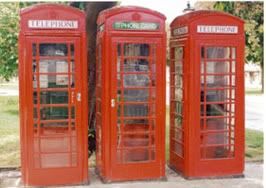 WHY LEAP YEAR
WHY LEAP YEARLeap years are years with 366 days, instead of the usual 365. Leap years are necessary because the actual length of a year is 365.242 days, not 365 days, as commonly stated. Basically, leap years occur every 4 years, and years that are evenly divisible by 4 (2004, for example) have 366 days. This extra day is added to the calendar on February 29th.
LEAP YEAR TRADITIONS
Leap year it happens every four years when February is 29 days. it supposed to be 28. That is 29th of February. Its tradition that woman propose marriage that time of year.
According to English law, February 29th was ignored and had no legal status. Folks assumed that traditions would also have no status on that day. It was also reasoned that since the leap year day existed to fix a problem in the calendar, it could also be used to fix an old and unjust custom that only let men propose marriage.
The first documentation of this practice dates back to 1288, when Scotland passed a law that allowed women to propose marriage to the man of their choice in that year. They also made it law that any man who declined a proposal in a leap year must pay a fine. The fine could range from a kiss to payment for a silk dress or a pair of gloves.
St. Bridget's Complaint
It is believed this tradition was started in 5th century Ireland when St. Bridget complained to St. Patrick about women having to wait for so long for a man to propose. According to legend, St. Patrick said the yearning females could propose on this one day in February during the leap year.
























































